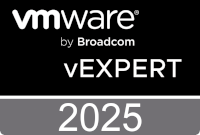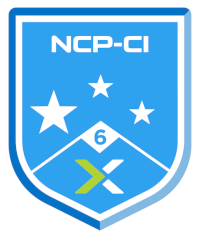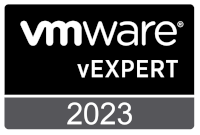 |
First, what is cloud computing? Finding the answer to this question is easier than you would have at first thought. The US National Institute of Standards and Technology (NIST) defines cloud computing in their publication SP 800-145 - A NIST Definition of Cloud Computing (Sept 2011), available here (PDF)
So using the NIST cloud definition document as a basis - specifically the three cloud service models - lets look at cloud and where we can use it for free.
Software as a Service (SaaS)
The capability provided to the consumer is to use the provider’sThis is perhaps the easiest area to find free services. Free examples include:
applications running on a cloud infrastructure. The applications are accessible from various client devices through either a thin client interface, such as a web browser (e.g., web-based email), or a program interface. The consumer does not manage or control the underlying cloud infrastructure including network, servers, operating systems, storage, or even individual application capabilities, with the possible exception of limited user-specific application configuration settings.
- Email = Gmail / Hotmail / Yahoo mail
- Blogging = Blogger / Wordpress.com / Twitter
- Image Hosting = flikr / Picasa / Imgur
- Social Networking = facebook / Myspace
Platform as a Service (PaaS)
The capability provided to the consumer is to deploy onto the cloud infrastructure consumer-created or acquired applications created using programming languages, libraries, services, and tools supported by the provider. The consumer does not manage or control the underlying cloud infrastructure including network, servers, operating systems, or storage, but has control over the deployed applications and possibly configuration settings for the application-hosting environment.A little harder to find. Free examples include:
- Application hosting = Google apps
- Build your own application = Yahoo pipes
- ISPs (Some ISPs allow you run your own apps on their platforms as part of your internet subscription)
- Predetermined application hosting = host1free.com
Infrastructure as a Service (IaaS)
The capability provided to the consumer is to provision processing, storage, networks, and other fundamental computing resources where the consumer is able to deploy and run arbitrary software, which can include operating systems and applications. The consumer does not manage or control the underlying cloud infrastructure but has control over operating systems, storage, and deployed applications; and possibly limited control of select networking components (e.g., host firewalls).Not easy to find - well for free at least! I couldn't find any free providers of IaaS, which kind of makes sense as I don't believe there are the alternative revenue streams available yet allow the provision of IaaS for free.
So all in all a very quick look into the cloud. Minus the garbage and the jargon. Not all that hard to comprehend now is it?
- Chris








